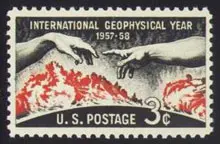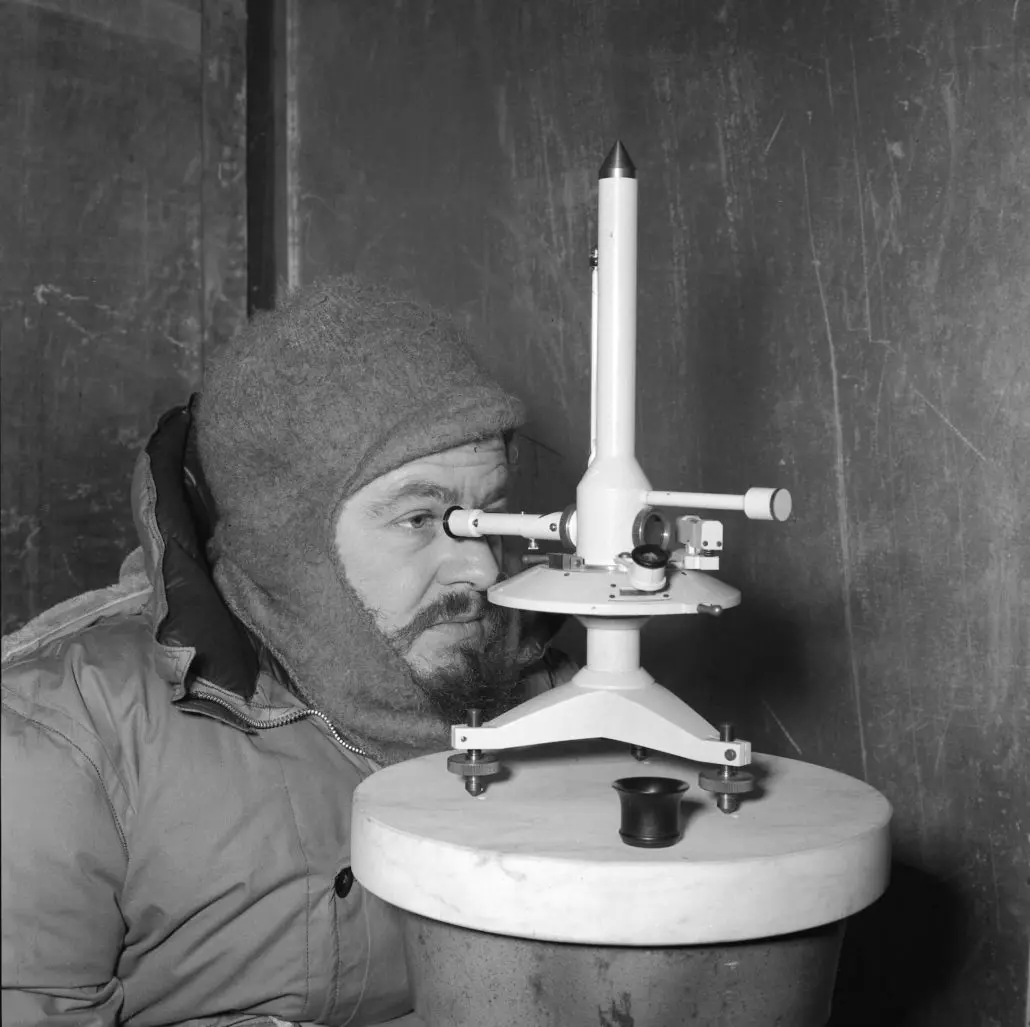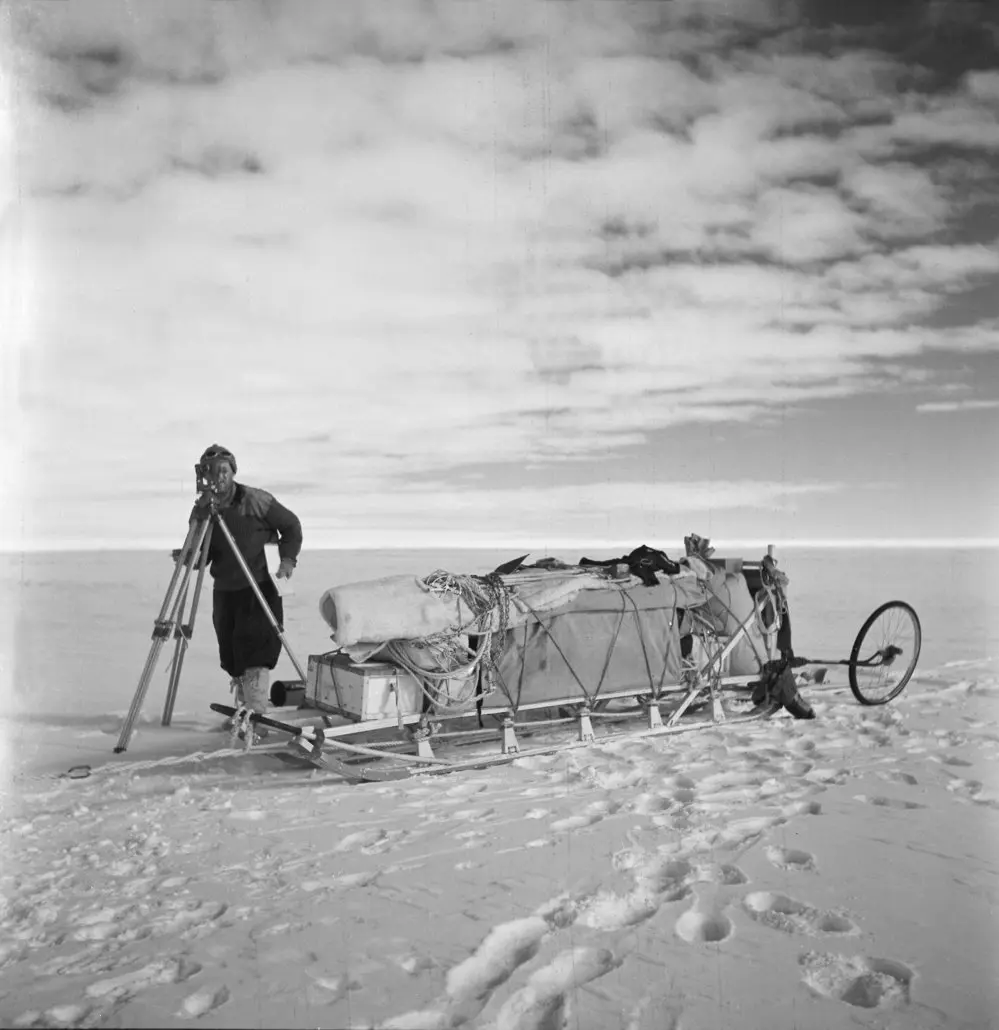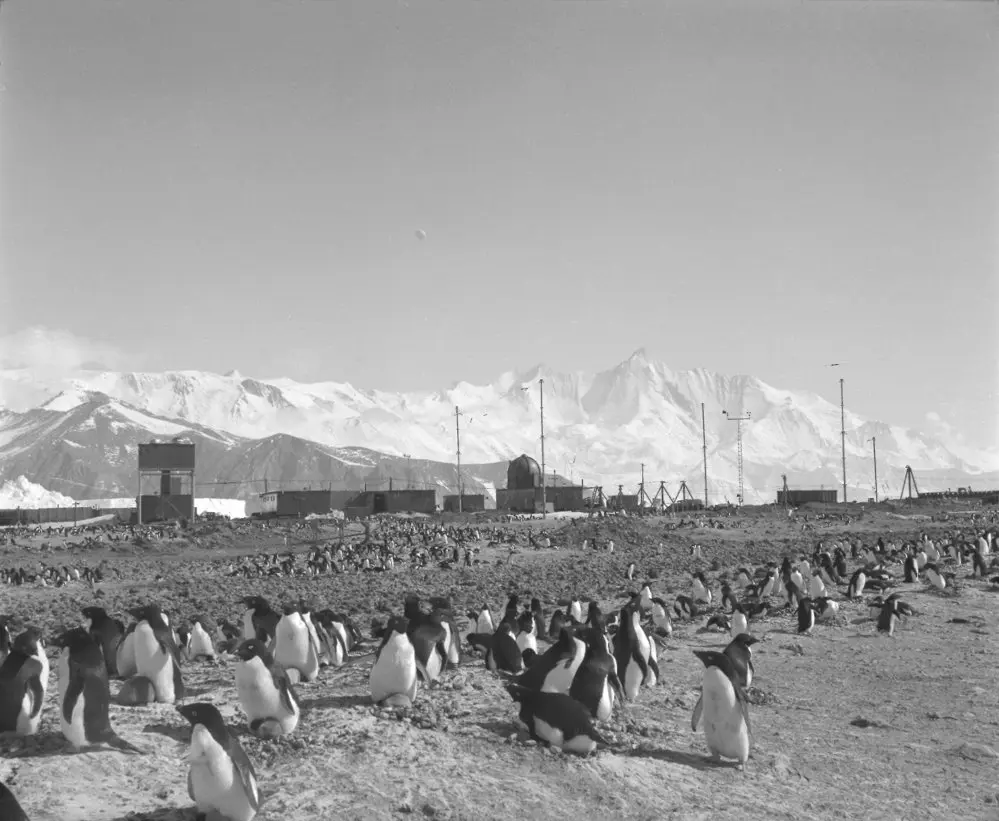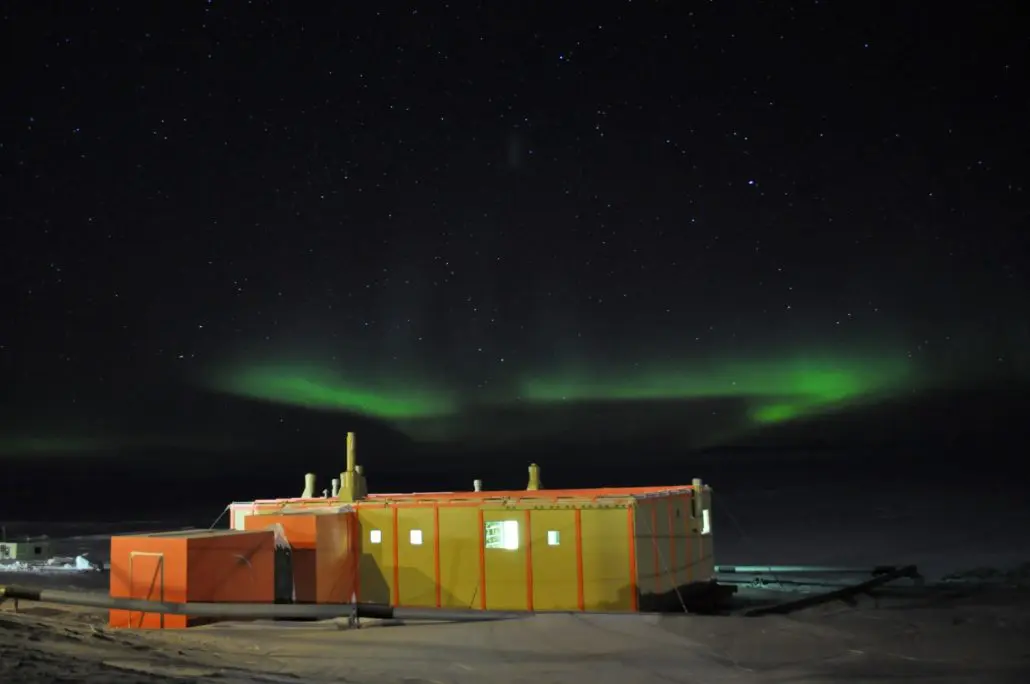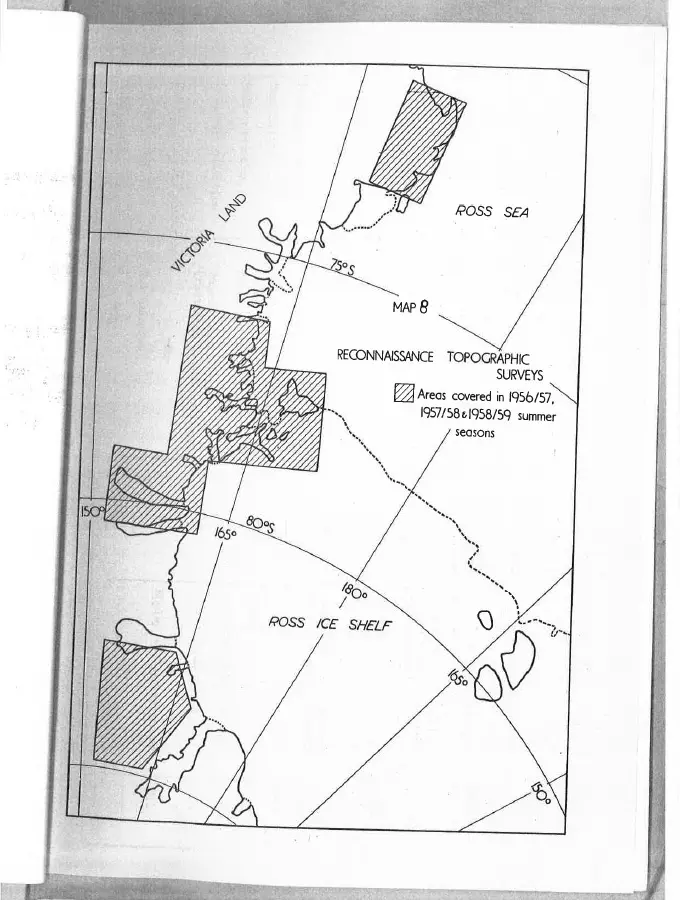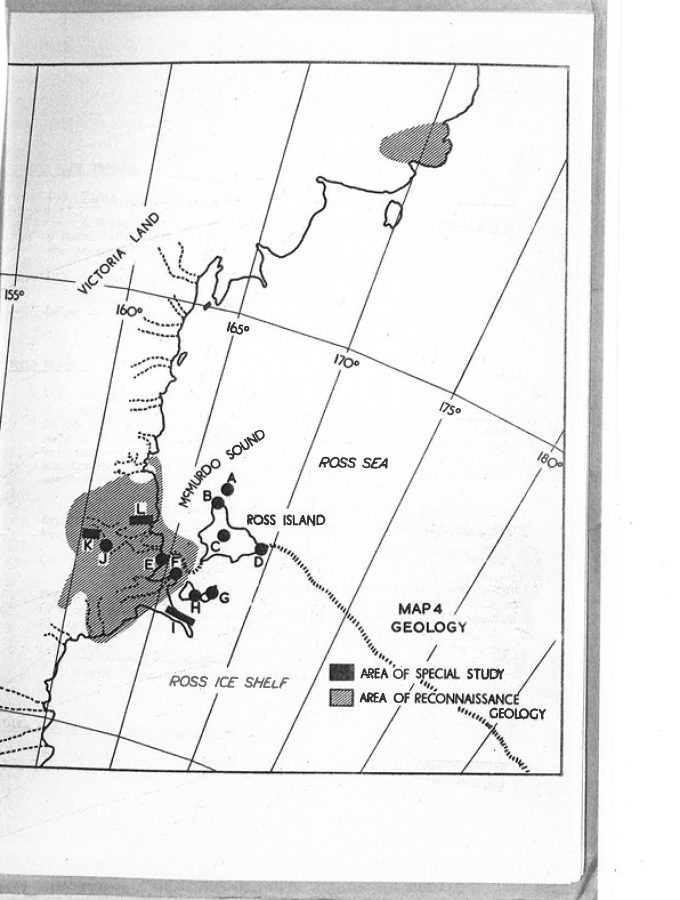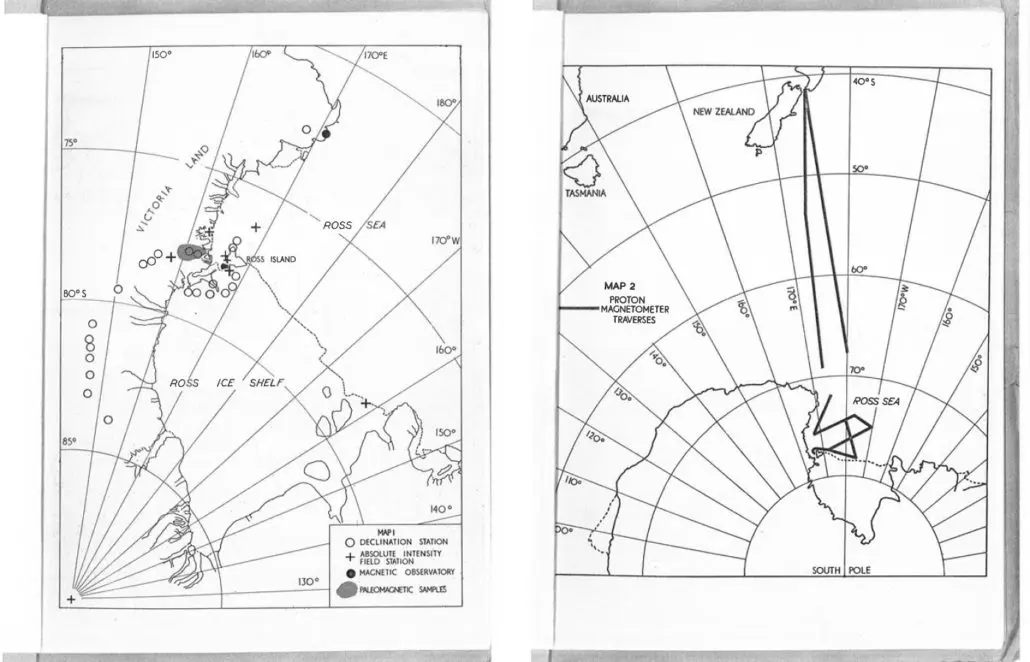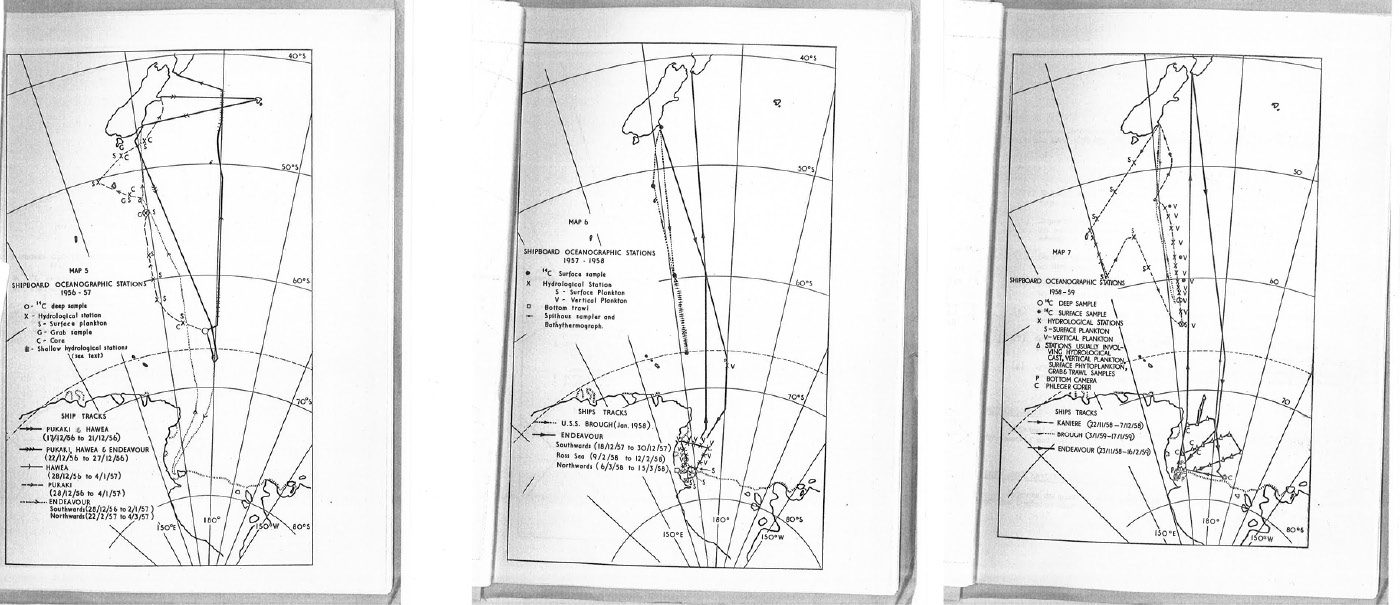With dramatic stories of exploration challenged by snow storms, mechanical breakdowns, crevasses opening up into chasms, ferocious katabatic winds, and tensions between the teams, it’s easy to overlook that an important parallel project of scientific research was also being undertaken.
The International Geophysical Year (IGY) was a collaborative project involving 67 countries. There were more than 4000 research stations involved around the world. The focus was on geophysical observations and, at that time, it was the largest and most important international scientific effort ever undertaken.
The IGY was a significant project in the history of science, laying the foundation for a great deal of further research.
Special attention was given to the Antarctic. The New Zealand Government had been invited to establish a station on Ross Island as part of the international network of stations. Dr Trevor Hatherton was appointed leader of the New Zealand scientific team. Between 1957 and 1958, the New Zealanders carried out research into 11 fields of science.
Through seismic and geodetic surveying carried out during the Commonwealth Trans-Antarctic Crossing, it was revealed that Antarctica was one continent – a great basin with central highlands.
Glaciology research into ice depths produced radically new estimates of the earth’s total ice content. Improved meteorological forecasting came about through atmospheric studies. And the research produced a better understanding of seismological phenomena in the Southern Hemisphere.
The earth’s magnetic field extends from the core of the planet out into space. The team in Antarctica measured changes in this geomagnetic field through surveys both on land and at sea, and through the study of about 50 rock samples collected from the Wright Valley area.
IGY geophysicist taking magnetic observations.
Bob Miller of the Southern Survey Party taking a noon-sight on New Year’s Day.
View looking across penguin rookery to Hallett IGY Station with Mt Herschel in background.
The busy scientific programme also looked at the behaviour of radio waves in the ionosphere, taking soundings at both Scott Base and Hallett Station (a joint New Zealand and American station), as well as making observations of the aurora australis (‘Southern Lights’), and other night sky phenomena, recorded on camera and through spectrography. The timing of the IGY was chosen to coincide with a period of maximum solar activity and several eclipses, making the research on the Sun especially significant.
Land-based biology was another important field of study. Lichens were collected from many areas; as were micro-organisms from soil and debris, and those taken from blood samples from vertebrates living in Antarctica. The populations of seals, penguins, skua also came under close observation.
Studies in oceanography, geology, and cartography were also part of the schedule.
The IGY clearly demonstrated the value of Antarctic research, and Scott Base has supported New Zealand’s scientific programmes in Antarctica ever since.
To learn about New Zealand’s scientific programmes in Antarctica today, visit Antarctica New Zealand.



